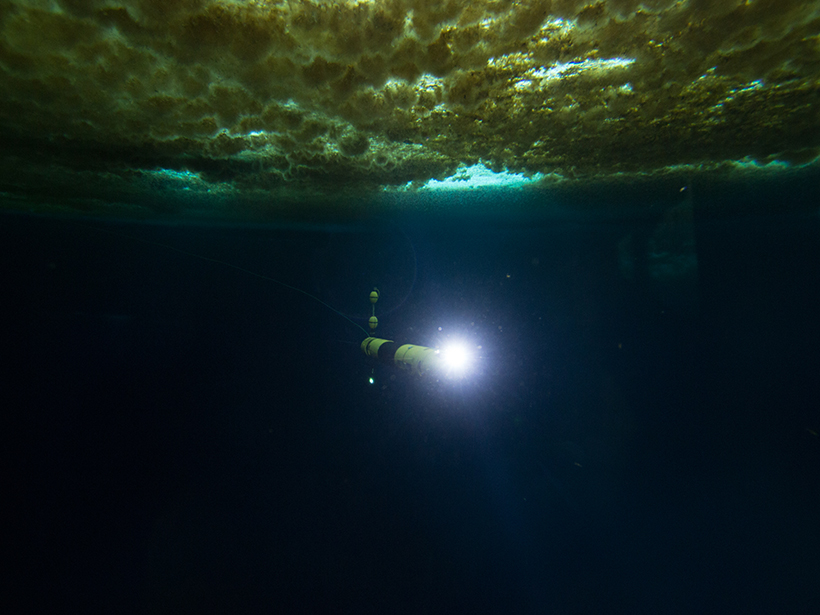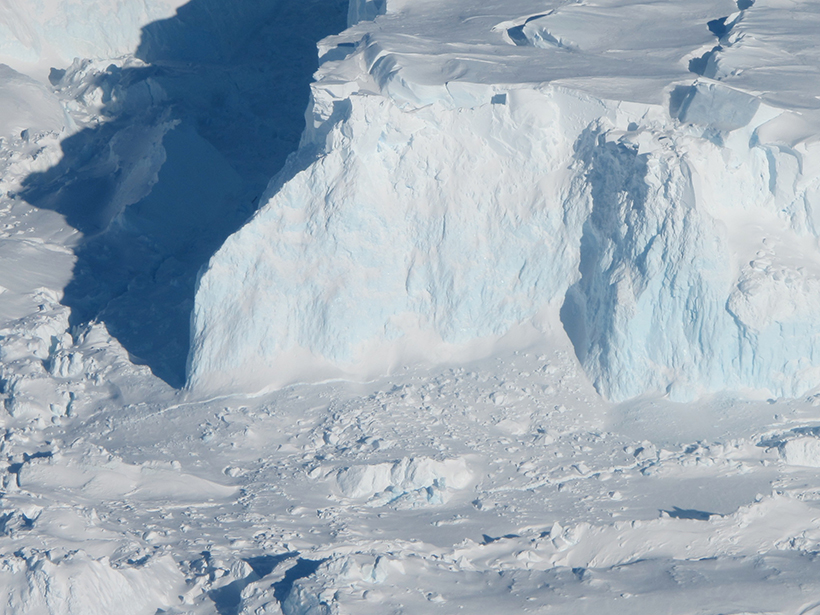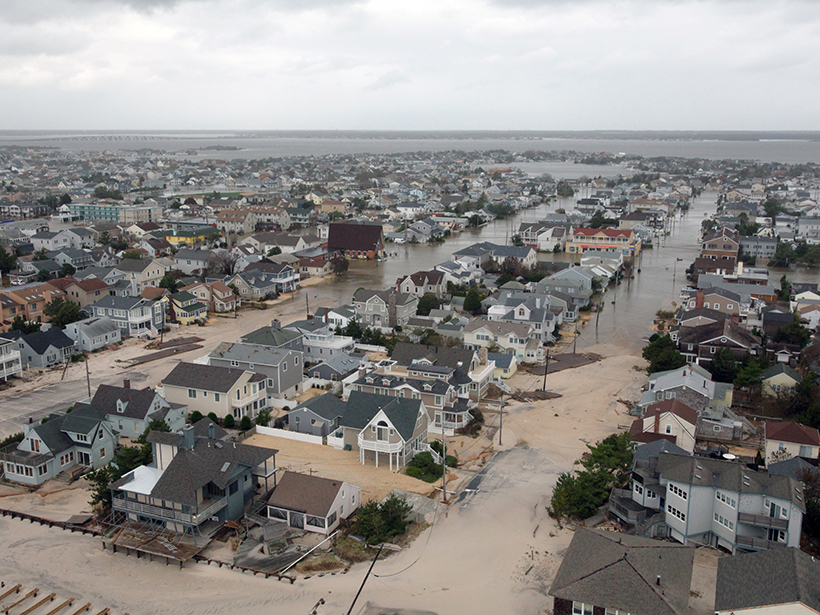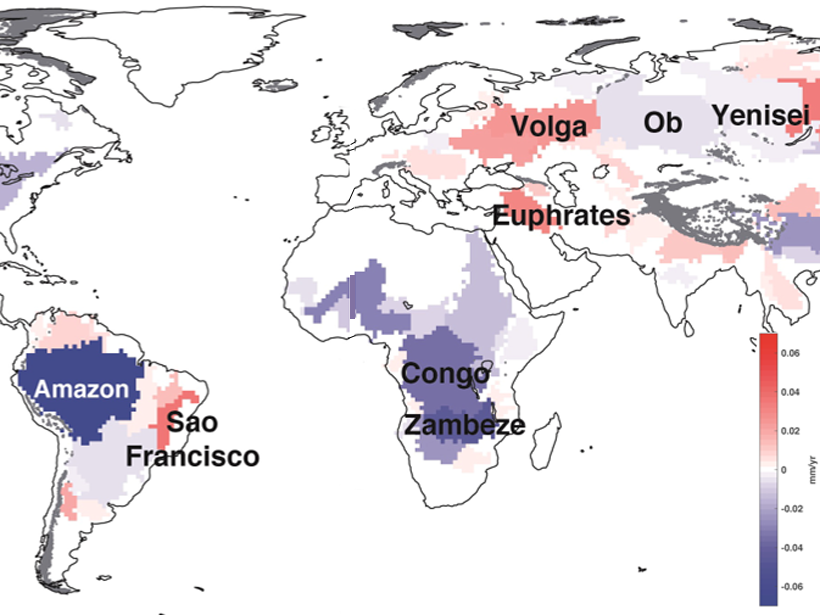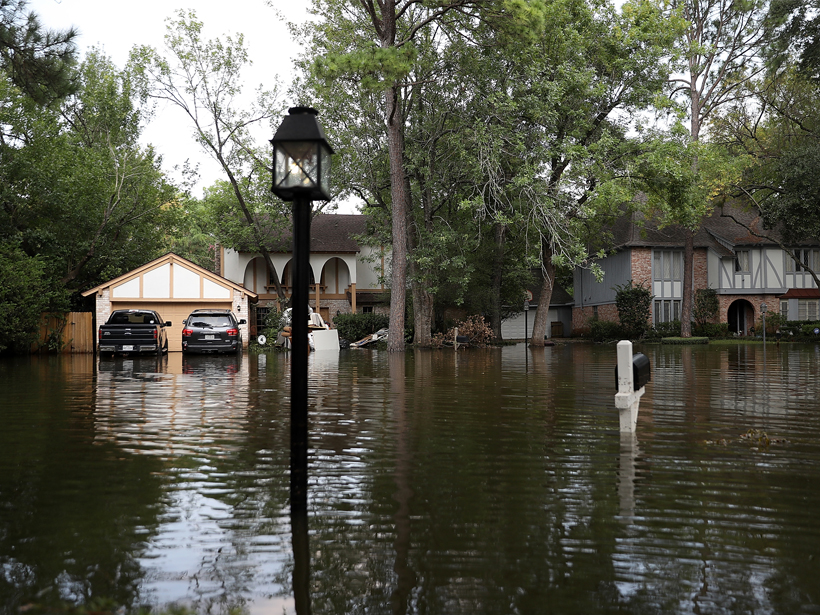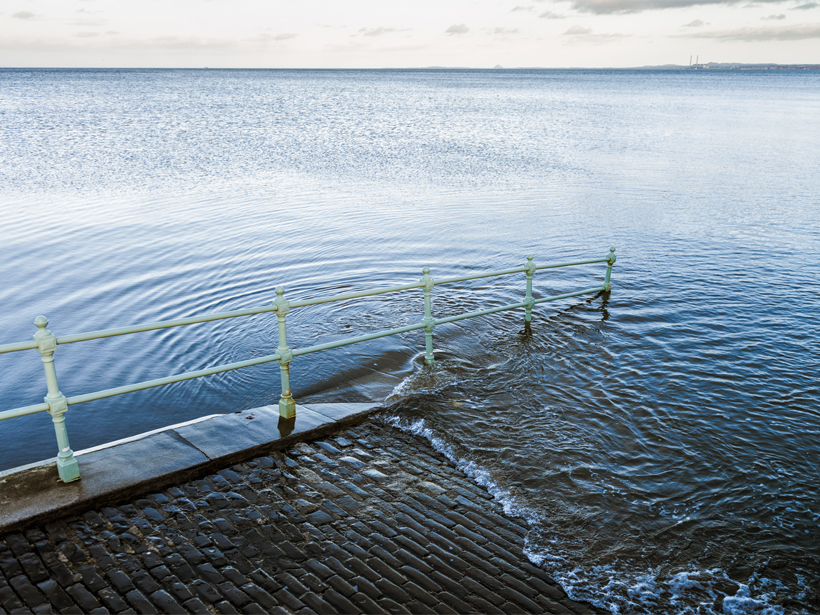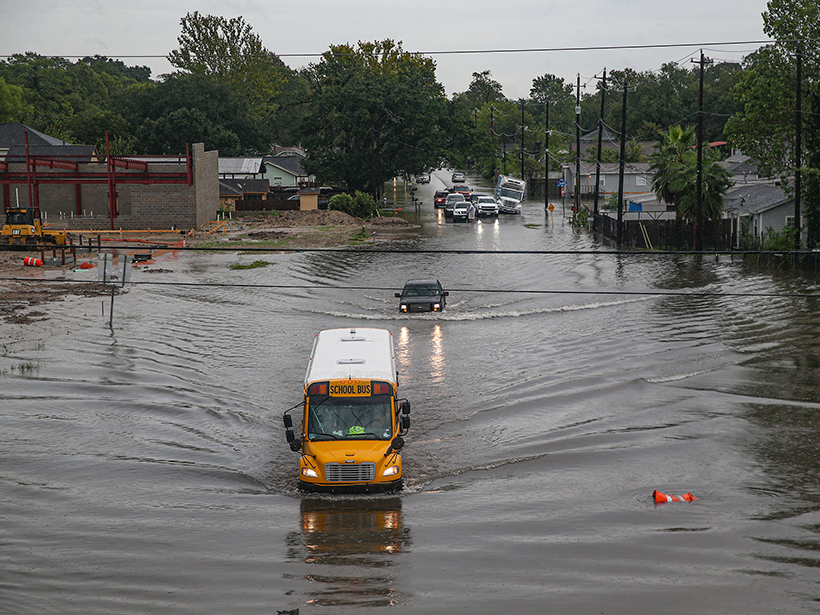Living in Geologic Time: An unintentional adventure in the River of Grass shows how Florida has changed dramatically over 15,000 years of human habitation.
sea level change
High Water: Prolonged Flooding on the Deltaic Mississippi River
Changing climate and land use practices are bringing extended periods of high water to the lower Mississippi River. New management practices are needed to protect people, industry, and the land.
Diagnosing Thwaites
The water under a vulnerable Antarctic glacier is warming. Its catastrophic collapse could trigger a dramatic increase in global sea level.
What Lies Beneath Is Important for Ice Sheets
New research reconstructing the topography of Antarctica shows that the continent has 25% less land above sea level than when ice first started to accumulate 34 million years ago.
A New Source of Sea Level Rise from Greenland: Ice Slabs
Runoff from the Greenland ice sheet’s high elevations could double by 2100, thanks to solid layers of ice hiding just beneath the surface.
Sea Level Science Grapples with Uncertainty and Usability
Improved transdisciplinary approaches are needed to ensure that research on rising seas is useful for planning in coastal communities.
A Closure on Sea Level Rise Budget
Terrestrial water loss may explain the lack of previous budget closure in global mean sea level rise.
Equity Concerns Raised in Federal Flood Property Buyouts
The communities most in need of federal property buyouts after a flood are the communities least likely to get them.
Grim Report on Climate Change Impacts on Oceans and Cryosphere
A new report by the Intergovernmental Panel on Climate Change states that bold actions can prevent significantly worse impacts.
AGU Releases Report to Address Flooding in Communities
The Surging Waters report shows how science empowers us to mitigate the impacts on people and property in communities around the United States.



